San Francisco’s first lesbian bars were a “perverts’ haven,” according to the press and police
Two interconnected lesbian bars were the first of their kind and among the earliest businesses owned by lesbians in the country.
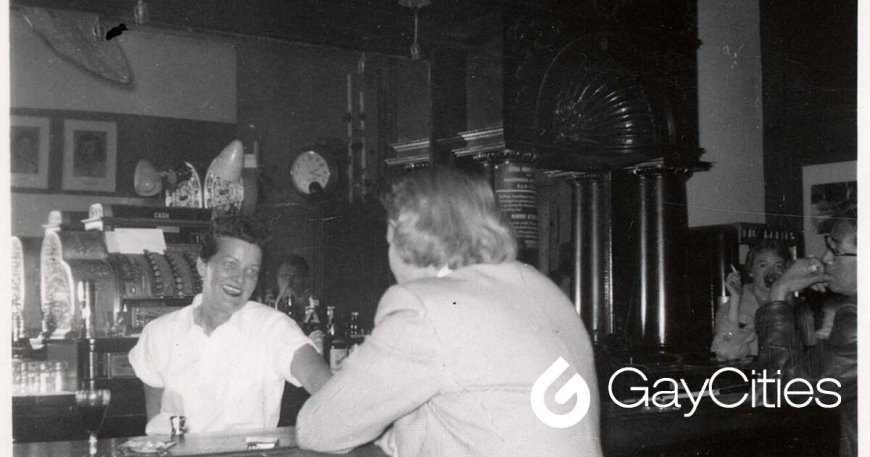
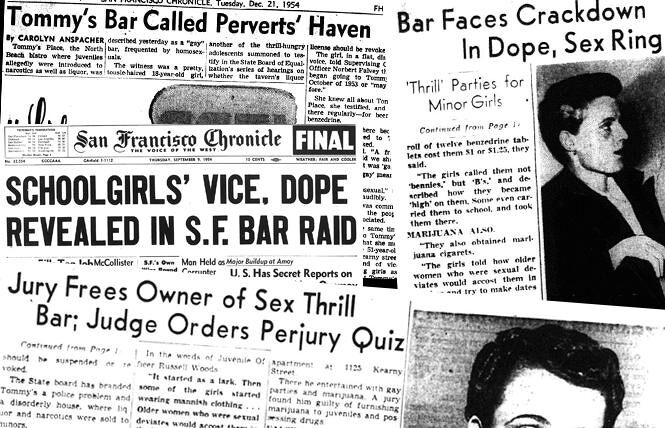
It would have been nearly impossible to find women behind a bar anywhere in the US in the 1950s because it was illegal unless they were the owners. Grace Miller and Joyce Van de Veer were two in a handful of female bartenders serving drinks in San Francisco —and definitely the only lesbians, which was the reason their bar was targeted by the feds.
Tommy’s Place and 12 Adler Place were two interconnected lesbian bars in the North Beach district—pioneers as the first of their kind and among the earliest businesses owned by lesbians in the country.
But if these women were revolutionary beacons of progress for the community, why did they end up in handcuffs, associated with one of the most sensationalized criminal cases in Bay Area history?
Pack your bags, we’re going on an adventure
Subscribe to our weekly newsletter for the best LGBTQ+ travel guides, stories, and more.
Subscribe to our Newsletter today

One could place the blame on their third business partner, Tommy Vasu, who was rumored to be a pimp involved in prostitution. Coincidentally, Vasu was also credited as the first lesbian bar owner in the city with Tommy’s 299, which operated from 1948 until it was raided by the police and closed in early 1952.
Although Vasu had been brave in establishing a queer establishment in the years leading up to 1951, that year saw the Stoumen v. Reilly decision legalizing the public assembly of homosexuals in California. This meant that gay people gained the right to gather in bars, encouraging more gay bar owners to step up without fear of breaking the law.
Vasu, determined not to be left out of nightlife, teamed up with Miller and Van de Veer to launch Tommy’s Place and 12 Adler Place. She avoided using her name on the liquor license to prevent discrimination. As the joint establishment gained popularity in the city, despite Vasu’s alleged reputation, the emergence of a hub for queer joy inevitably attracted unwanted attention from homophobic entities.
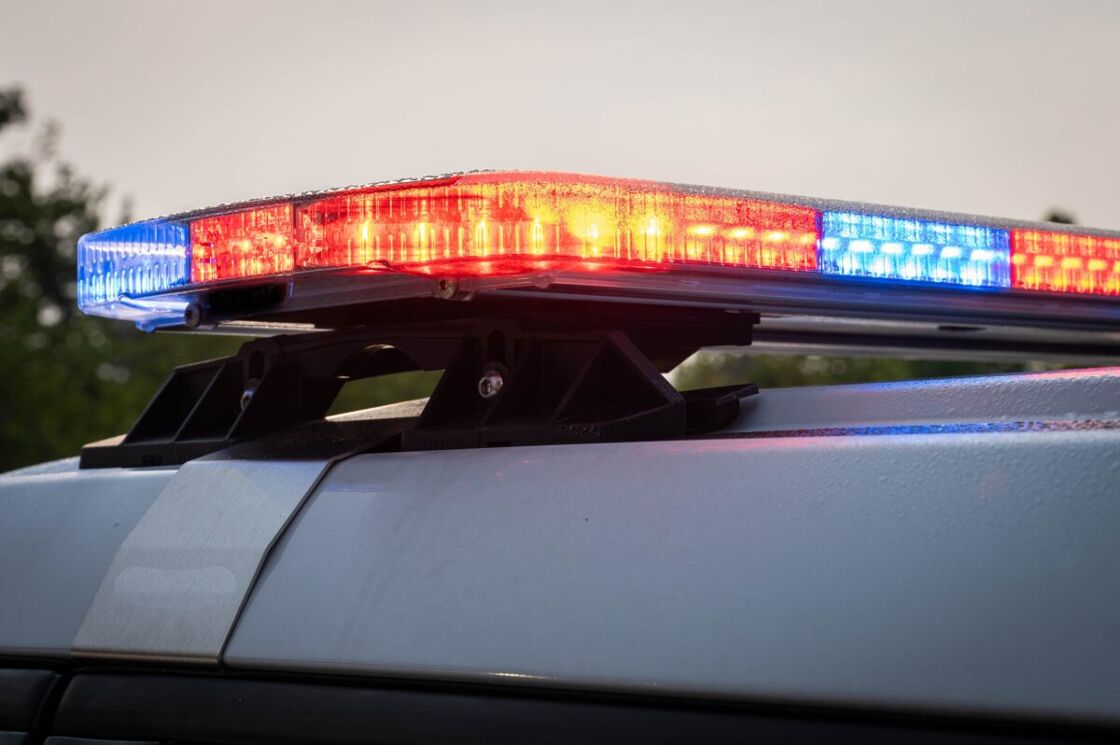
As police officers entered Tommy’s Place on September 8, 1954, every patron inside knew all too well that men in uniforms were a sign of danger; the San Francisco Police Department had launched a campaign against gay bars and gay people. It was a persecution happening across the globe.
Customers hurried out, and Miller and de Veer expected the evening to end with a shutdown. Instead, officers searched the premises and claimed to have found a heroin pipe taped beneath the bathroom sink. Many in the LGBTQ+ community believed it was planted because it made no sense for it to be there.
Both women, along with Jesse Winston, a 51-year-old Black man, were arrested.
Related
Mexico City’s first gay bar was owned by the chief of police
In 1960, police raids and terrorist attacks where the norm. But El Safari had a secret protector – the closeted chief of the Judicial Police.
On September 10, the San Francisco Chronicle published news about the bar’s raid and related arrests with the headline: “S.F. Teen-Age Girls Tell of ‘Vice Academy,” including photos of the bar owners and their home addresses.
Five months earlier, the parents of two teen girls had gone to the police after finding their children “suffering from narcotic poisoning,” according to the San Francisco Chronicle. This led to a five-month-long investigation, which included a dozen interviews with other female teens, at last placing the blame on Tommy’s Place – and Winston in particular as a marijuana dealer.
Unfortunately, the press only flamed the fires of hate. The San Francisco Examiner and the San Francisco Chronicle heavily covered the case with homophobic and racist language, often riddled with outright lunacy.
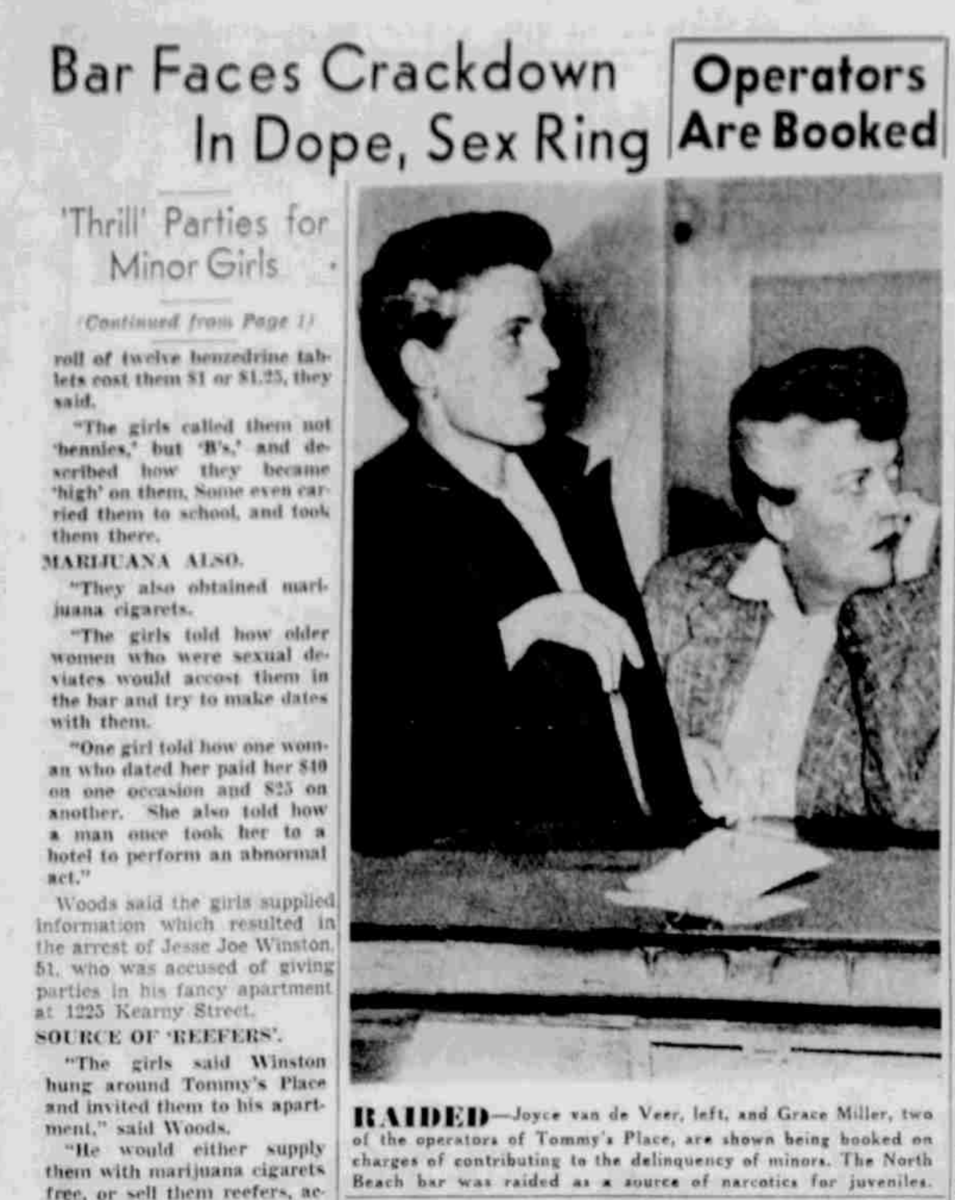
The press described Tommy’s Place as a “sex thrill bar” and a “hangout for sexual deviates,” claiming that Winston had recruited young girls into “white slavery.” This unhinged description was a sensationalized way to describe underage drinking at bars and a guy dealing marijuana and inviting patrons back to his place for parties.
Of course, that might’ve been when the pipe came in handy for the police in the court of public opinion, as the Chronicle published “School Girls” and “Dope” within the same headline in regards to the lesbian bar.
It was clear Miller and Van de Veer were being punished for championing their identity and Winston for the color of his skin. Although Tommy’s Place might have had underage drinking and Winston was a weed dealer, these crimes paled in comparison to their demonization by the police and the press, including presenting them as grooming young girls into becoming lesbians.
It was a harbinger for the LGBTQ+ community, showing what could happen to any gay person who dared to create a space for their people.
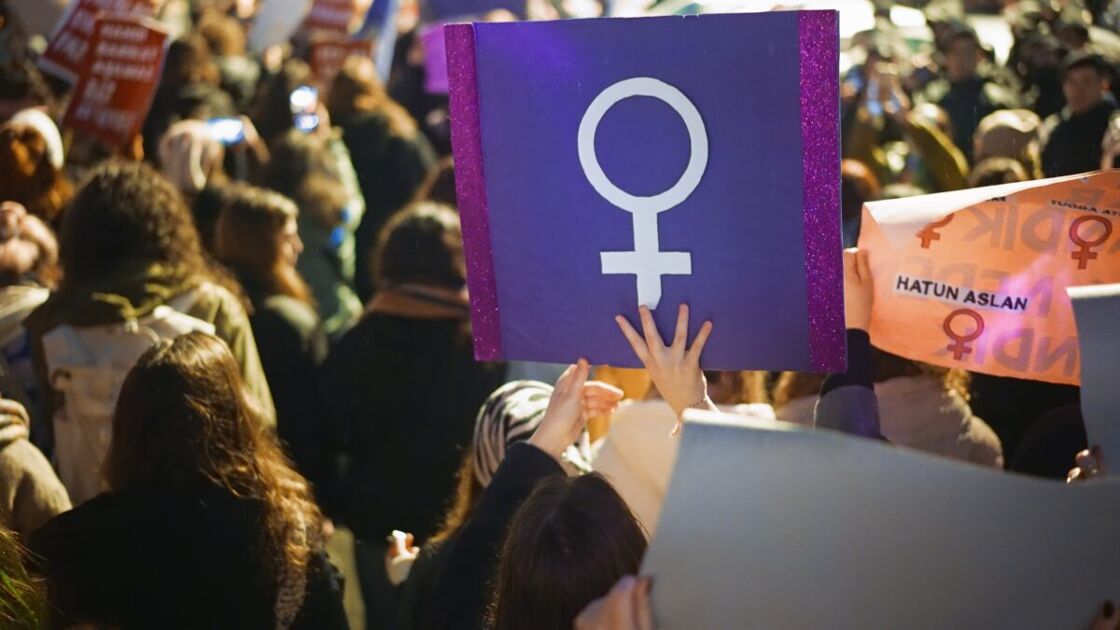
Ultimately, Winston was sentenced to five years in San Quentin State Prison, and Miller was sentenced to six months in county jail. The jury acquitted De Veer.
Katie Gilmartin, author of Blackmail, My Love, a noir mystery inspired by the raid on Tommy’s Place, told the Bay Area Reporter the women were only guilty of fearlessly being themselves.
“My sense of things is that six months was an extraordinarily harsh sentence for something that happened routinely all over town,” she said, “to the point that there were newspaper articles about how easy it was to get a good-looking fake ID for $7. They weren’t on trial for serving underage girls. They were on trial for being lesbians, really: and one of them went to jail for six months for it.”
On the contrary, Vasu was convicted of selling heroin in 1969 and served five years at Tehachapi State Prison in Vacaville. She was allegedly murdered in Los Angeles shortly after her release, but there isn’t documentation about it.
Tommy’s Place had been inevitably closed due to the mounting antagonization from all sides, and Miller and de Veer were traumatized for the rest of their lives. Despite being revolutionaries in creating queer spaces and their visibility and persecution being pivotal in launching San Francisco’s gay rights movement, they never got to experience that sense of heroism.
Gilmartin added, “Neither Joyce nor Grace came to see themselves as heroes. I so wish that they could have. But they simply did not have access to that perspective in their lifetimes.”
Although mainstream LGBTQ+ history often centers the fight for equality on the struggles of gay men, it’s important to remember the women who carried the torch beside them – and shouldered the consequences.

 Mark
Mark 





